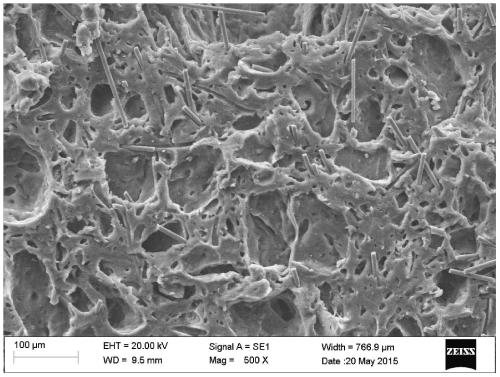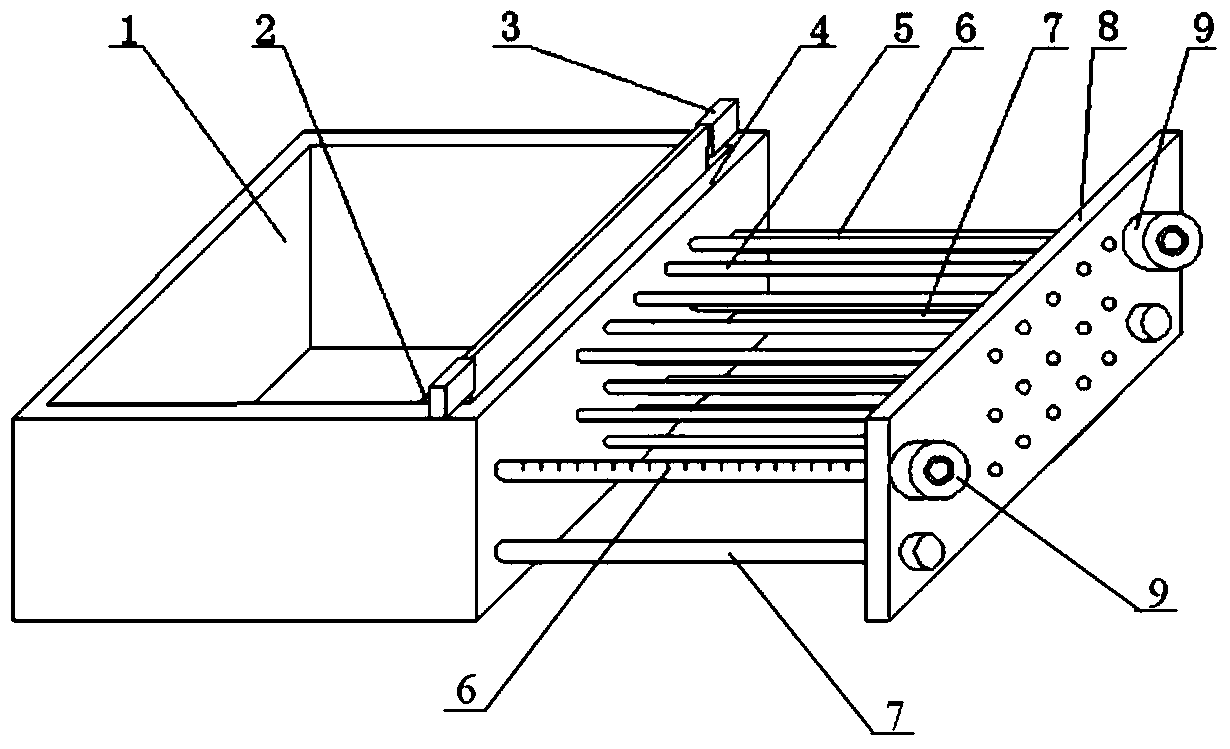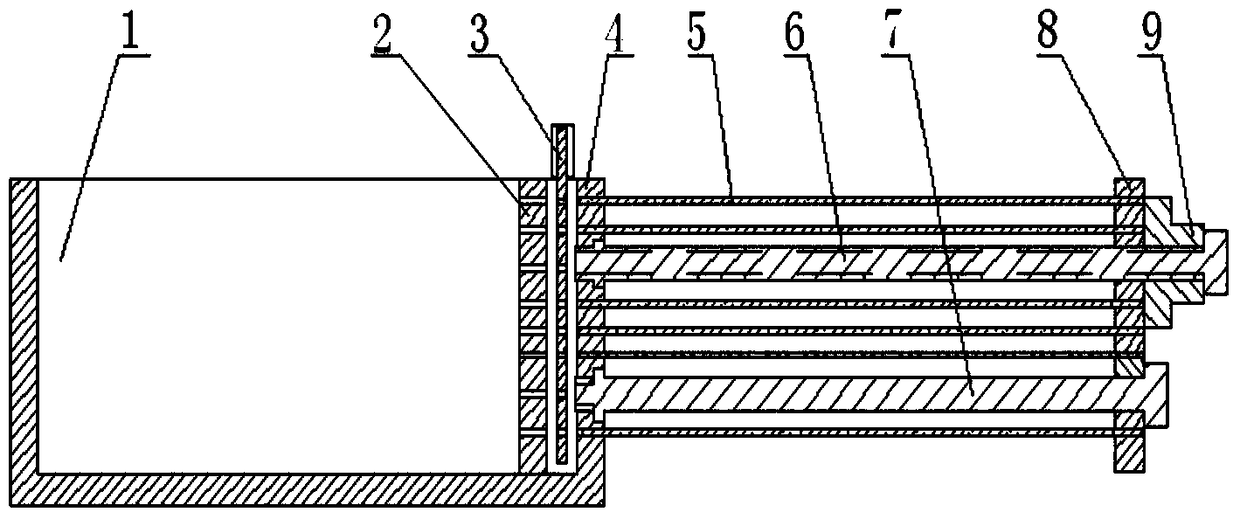A kind of carbon-based porous flexible composite wave absorbing material and preparation method thereof
A composite wave absorbing material and flexible technology, applied in the field of carbon-based porous flexible composite materials and their preparation, can solve the problems of inability to meet material performance requirements, complex process methods, low temperature resistance, etc., and achieve low cost and good repeatability. , the effect of easy operation
- Summary
- Abstract
- Description
- Claims
- Application Information
AI Technical Summary
Problems solved by technology
Method used
Image
Examples
Embodiment 1
[0030] Step 1. Add the silane coupling agent KH550 into ethanol to prepare a treatment solution with a mass concentration of 0.8%. Add 1 part of graphene to 30 parts of the treatment solution, at 300r.min - 1 After stirring at the speed of 2 hours, suction filter to dryness, and dry the obtained solid at 80°C for 4 hours to obtain the treated carbon-based wave absorbing agent;
[0031] Step 2. Fill the treated graphene with 40 parts of methyl vinyl silicone rubber at room temperature on a double-roll mill, and add 30 parts of nano-zinc oxide and 1 part of diacrylate-1,6-hexyl during the mixing process Glycol ester, kneading for 15 minutes; static storage for 30 hours after kneading, and then re-smelting for 20 minutes, put the rubber compound that has been re-kneaded into a mold, and place it at 140kg.cm -2 Calendering was carried out under a certain pressure to prepare thin sheets with a thickness of 0.5 mm.
[0032] Step 3: Plastic-encapsulate the sheet containing the mold...
Embodiment 2
[0035] Step 1, adding stearic acid into ethanol to prepare a treatment solution with a mass concentration of 0.85%, adding 1 part of graphene and carbon black with a weight ratio of 1:1 to 50 parts of the treatment solution, at 300r.min - 1 After stirring at a speed of 4 hours, suction filter to dryness, and dry the obtained solid at 70°C for 8 hours to obtain the treated carbon-based wave absorbing agent;
[0036] Step 2. Fill the treated graphene and carbon black with 100 parts of liquid dimethyl silicone rubber at room temperature on a double-roll mill, and add 25 parts of white carbon black and 4 parts of triallyl isocyanate during the mixing process. Cyanurate, kneading for 20 minutes; static storage for 20 hours after kneading, and then re-smelting for 10 minutes, put the re-kneaded rubber in the mold, -2 Calendering was carried out under a certain pressure to prepare thin sheets with a thickness of 1 mm.
[0037] Step 3: After plastic-sealing the thin sheet containing...
Embodiment 3
[0039] Step 1. Add silane coupling agent KH560 into ethanol to prepare a treatment solution with a mass concentration of 1%. Add 1 part of chopped fiber to 25 parts of the treatment solution, at 350r.min - 1 After stirring at a high speed for 3 hours, suction filter to dryness, and dry the obtained solid at 75°C for 6 hours to obtain the treated carbon-based wave absorbing agent;
[0040] Step 2. Fill the processed chopped fiber with 50 parts of liquid methylphenylvinyl silicone rubber at room temperature on a double-roll mill, and add 15 parts of rice husk superfine powder and 1 part of diacrylic acid during the mixing process -1,6-hexanediol ester, kneading for 15 minutes; after kneading, store it for 25 hours, and then re-knead it again for 20 minutes, put the rubber compound that has been re-kneaded into a mold, and place it at 136kg. -2 Calendering was carried out under a certain pressure to prepare a thin sheet with a thickness of 5 mm.
[0041] Step 3: After plastic-s...
PUM
| Property | Measurement | Unit |
|---|---|---|
| thickness | aaaaa | aaaaa |
| particle diameter | aaaaa | aaaaa |
| thickness | aaaaa | aaaaa |
Abstract
Description
Claims
Application Information
 Login to View More
Login to View More - R&D
- Intellectual Property
- Life Sciences
- Materials
- Tech Scout
- Unparalleled Data Quality
- Higher Quality Content
- 60% Fewer Hallucinations
Browse by: Latest US Patents, China's latest patents, Technical Efficacy Thesaurus, Application Domain, Technology Topic, Popular Technical Reports.
© 2025 PatSnap. All rights reserved.Legal|Privacy policy|Modern Slavery Act Transparency Statement|Sitemap|About US| Contact US: help@patsnap.com



